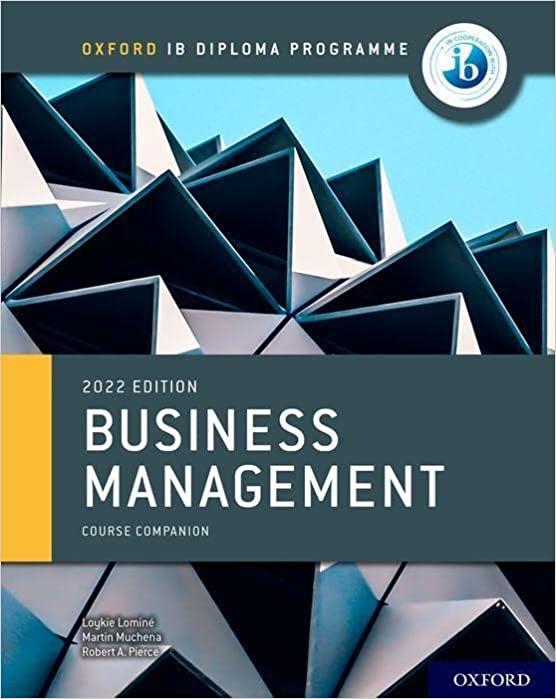Question
Question 1 (6.25 points) Saved Descriptive representation, often visual, of a phenomenon Question 1 options: Informal Theory Models Frameworks Formal Theory Question 2 (6.25 points)
Question 1 (6.25 points)
Saved
Descriptive representation, often visual, of a phenomenon
Question 1 options:
Informal Theory | |
Models | |
Frameworks | |
Formal Theory |
Question 2 (6.25 points)
Derived from the perception of specialized or superior knowledge
Question 2 options:
Reward Power | |
Referent Power | |
Legitimate Power | |
Expert Power |
Question 3 (6.25 points)
System of classification offering a useful organizational heuristic
Question 3 options:
Models | |
Frameworks | |
Taxonomies | |
Formal Theory |
Question 4 (6.25 points)
What are the four domains of leadership development
Question 4 options:
Leadership Capacity, Leadership Efficacy, Leadership Motivation, Leadership Enactment | |
Leadership Development, Leadership Motivation, Leadership Eligibility, Leadership Capacity | |
Leadership Capacity, Leadership Development, Leadership Effectiveness, Leadership Efficacy | |
Leadership Motivation, Leadership Development, Leadership Effectiveness, Leadership Enactment |
Question 5 (6.25 points)
Derived from the perception of authority or the right to make a request and an obligation to comply
Question 5 options:
Legitimate Power | |
Referent Power | |
Coercive Power | |
Expert Power |
Question 6 (6.25 points)
The D4 developmental level designates low competence and high commitment
Question 6 options:
| True | |
| False |
Question 7 (6.25 points)
Directing leadership supports high directive and low supportive subordinate behaviors
Question 7 options:
| True | |
| False |
Question 8 (6.25 points)
The skills approach is non-descriptive
Question 8 options:
| True | |
| False |
Question 9 (6.25 points)
The situational leadership explains four leadership styles. They are:
Question 9 options:
Directing, coercing, coaching, supporting | |
Directing, coaching, supporting and delegating | |
Coaching, achieving, learning, supporting | |
Achieving, directing, coercing, coaching |
Question 10 (6.25 points)
The skills inventory scoring is much like a personality test but it measures types of leadership and what skills are most prominent.
Question 10 options:
| True | |
| False |
Question 11 (6.25 points)
Conceptual skills are the ability to work with ideas and concepts
Question 11 options:
| True | |
| False |
Question 12 (6.25 points)
The framework of emotionally intelligent leadership consists of consciousness of self, consciousness of others, and consciousness of context
Question 12 options:
| True | |
| False |
Question 13 (6.25 points)
Emotional Intelligence is only a measurement of how well someone can control their emotions.
Question 13 options:
| True | |
| False |
Question 14 (6.25 points)
If you start out in the out-group of your organization, you can work your way to the in-group with hard work and dedication
Question 14 options:
| True | |
| False |
Question 15 (6.25 points)
The members of the in-group within an organization are placed there because they are popular among peers
Question 15 options:
| True | |
| False |
Question 16 (6.25 points)
The three skill approach for effective leadership depends on three basic personal skills. What are they?
Question 16 options:
Technical, Administrative and Executive | |
Conceptual, Human, and Technical | |
Conceptual, Administrative, and Technical | |
Administrative, Executive and Conceptual |
Step by Step Solution
There are 3 Steps involved in it
Step: 1

Get Instant Access to Expert-Tailored Solutions
See step-by-step solutions with expert insights and AI powered tools for academic success
Step: 2

Step: 3

Ace Your Homework with AI
Get the answers you need in no time with our AI-driven, step-by-step assistance
Get Started


